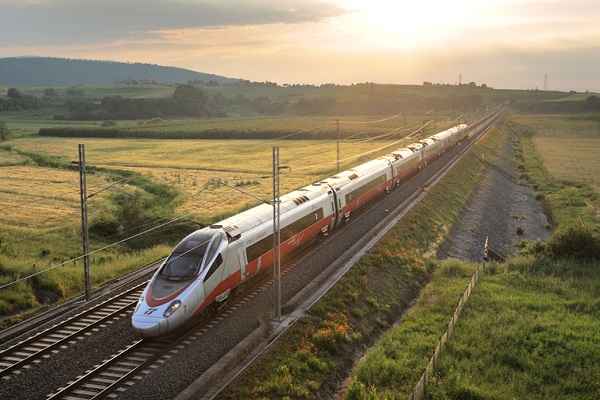Infra
High Frequency Rail: Canada embarks on largest Transport Infrastructure Project | Urban Transport News

Quebec, Canada (Urban Transport News): Canada is in the midst of a transformative endeavor with the High Frequency Rail (HFR) project, which stands as the nation’s most monumental transportation infrastructure initiative in decades. Representing an extraordinary investment in Canadian passenger rail, HFR marks a pivotal advancement in modernizing and revitalizing the country’s rail services.
The comprehensive project is being strategically developed by the Government of Canada in progressive phases, currently entrenched in the critical Procurement Phase. This stage has been fortified by a substantial allocation of $396.8 million over two years from the 2022 budget, a testament to the government’s commitment to the HFR’s progression.
High Frequency Rail is poised to revolutionize Canada’s passenger rail landscape. The project is designed to establish a cutting-edge, robust, and sustainable rail system, predominantly utilizing dedicated and electrified tracks that link key cities such as Quebec City, Trois-Rivières, Montreal, Ottawa, Peterborough, and Toronto.
Beyond its transportation enhancements, HFR promises to redefine accessibility by expanding transportation choices within Canada’s busiest travel corridor. This expansion will not only ease mobility but also introduce newfound options for residential and occupational decisions. Moreover, the project is projected to bolster long-term regional and economic development within the nation’s most densely inhabited region.
Given the magnitude of the initiative, the Government of Canada is seeking to harness the proficiency and know-how of seasoned private sector entities experienced in orchestrating intricate infrastructure undertakings. The overarching goal of the procurement process is to identify a private developer partner capable of introducing unparalleled innovation and expertise to deliver optimal outcomes for Canadians, upholding tenets of sustainability, reliability, accessibility, and environmental consciousness.
Crucial insights gleaned from the procurement procedure will play an instrumental role in shaping forthcoming steps and guiding the future course of action for the Government of Canada in the High Frequency Rail’s realization.
Three eminent consortia have emerged as finalists in the race to construct the high-frequency rail project, an intricate network poised to interconnect Toronto, Ottawa, Montreal, and Quebec City.
The first consortium, Cadence, comprises CDPQ Infra, SNC-Lavalin, Systra Canada, and Keolis Canada. The second contender, InterCity Rail Developers, consists of Intercity Development Partners, EllisDon Capital, Kilmer Transportation, First Rail Holdings, Jacobs, Hatch, CIMA+, First Group, RATP Dev Canada, and Renfe Operadora. The final consortium in contention, QConnexiON Rail Partners, is an amalgamation of Fengate, John Laing, Bechtel, WSP Canada, and Deutsche Bahn.
As the High Frequency Rail project surges ahead, it embodies Canada’s commitment to innovation, connectivity, and sustainable progress on an unparalleled scale.









